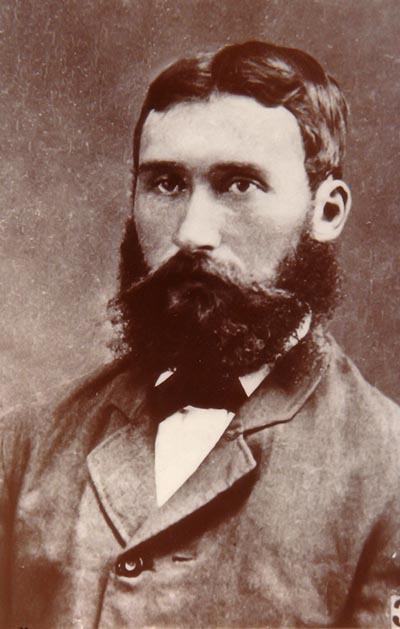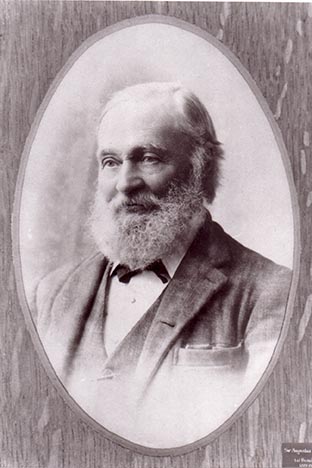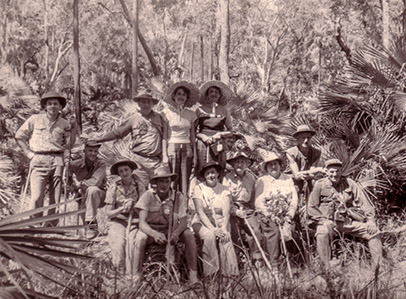- Home
- The Society
- About the Society
About the Society
The Royal Geographical Society of Queensland promotes the study and science of Geography and encourages a greater understanding and enjoyment of the world around us. The Society is a voluntary, not-for-profit organisation that brings together and welcomes people from all walks of life who share an interest in places, geography and the environment.
Geography and the Society offer pathways towards an understanding of our complex world. As a nation, Australia faces major challenges of environmental, economic and demographic sustainability, cultural diversity and the advancement of technology, while maintaining a role as a significant player in global affairs. Geography integrates the study of earth’s landscapes, people, places and environments. It bridges the natural and social sciences. Geography has embraced the new age of instant communications and rapid advances in technology which affect the way we live, work and play. Satellites transmit remotely-sensed data to computers, ipads and smart phones, making possible accurate and timely analysis and decision-making in fields of national, local and personal importance. Digital mapping techniques developed by geographers have given the world the basis for every GPS in public use today. Geographic insights and literacy are crucial in addressing environmental, geopolitical, economic and national security issues.
Geography is the integrated study of the earth's landscapes, peoples, places and environments - their nature, dynamics, interactions and changes. It thus bridges the natural sciences, social sciences and the humanities; it is the spatial discipline.
Adapted from the Royal Geographical Society 's 2012 - 2016 Stratgeic Plan
RGSQ Today
The Society continues to offer and expand a vibrant program of activities and projects including:
- Monthly public lectures on topics of local, national and global significance;
- Day trips and longer treks both within Australia and overseas;
- Support for academic research, fieldwork and publications;
- Support for geographical education, in particular through the Australian Geography Competition;
- Input into the status and quality of geography in schools, for example via contributions to the Australian National Geography Curriculum;
- Special interest member groups in specific fields of geography and aspects of the Society;
- A library and archival collection which houses a significant collection of maps and publications, and
- Advocacy of the awareness and value of geography across the whole community.
The Society's Strategic plan can be viewed here. .
History
Establishment as a Royal Society
The Geographical Society of Australasia started at a meeting in Sydney, on 22 June 1883, by a gathering of citizens who were concerned that the Geographical Section of the Royal Society of New South Wales had become defunct. The meeting decided to form a new federal organisation that would have branches in all the Australian colonies and New Zealand. The idea was then shared with prominent citizens in Brisbane who were asked to support the scheme. Consequently, the Geographical Society of Australasia (Queensland Branch) was established in July 1885. Within a year, Queen Victoria granted the Society the privilege of using the ‘Royal’ prefix. Since 1885 the Society has pursued its main objective of promoting an interest in and the study of Geography through publications, field-based research projects, public lectures and excursions. For all of its history, the Society has had a presence in Brisbane. During the 1920s and 1930s, the Society had fifteen provincial branches, although some were more active than others (e.g. Roma; Thursday Island). All of these earliest provincial branches had folded by 1940. A Western Branch of the Society operated at Dalby from 1955 to 1963. In 2017, a Sunshine Coast Branch of the Society was established.
 |
 |
|
JP Thompson 1884 |
AC Gregory 1885 |
Taking effect from 25th October 2019 the Society's registration as a Public Company Limited by Guarantee had been approved by ASIC thus completing the conversion from incorporated society under Letters Patent.
Publications
 By the early 20th century the Society had established a pattern of activities most of which would continue to this day: holding monthly lecture meetings, organising excursions and expeditions and publishing journals. The journals, Proceedings and Transactions of the Royal Geographical Society of Australasia (Queensland) published until 1899, and the Queensland Geographical Journal (1900 to 1993), though costly to produce and distribute, were seen as important for showcasing the work of academic geographers, maintaining contact with distant members and for exchanging with other scientific organisations. An initial focus in these publications was the Geography of New Guinea and Melanesia, reflecting Queensland’s territorial ambitions in the region at the time and its dependence on labourers from Melanesia to work its sugar plantations. Another early interest was anthropology (or ethnology, as it was then termed), particularly relating to Australian Aboriginal people. Geopinion, a small publication containing essays on contemporary geographical trends affecting Australia, was issued during 1996 and 1997. The Society has published a monthly newsletter since 1966.
By the early 20th century the Society had established a pattern of activities most of which would continue to this day: holding monthly lecture meetings, organising excursions and expeditions and publishing journals. The journals, Proceedings and Transactions of the Royal Geographical Society of Australasia (Queensland) published until 1899, and the Queensland Geographical Journal (1900 to 1993), though costly to produce and distribute, were seen as important for showcasing the work of academic geographers, maintaining contact with distant members and for exchanging with other scientific organisations. An initial focus in these publications was the Geography of New Guinea and Melanesia, reflecting Queensland’s territorial ambitions in the region at the time and its dependence on labourers from Melanesia to work its sugar plantations. Another early interest was anthropology (or ethnology, as it was then termed), particularly relating to Australian Aboriginal people. Geopinion, a small publication containing essays on contemporary geographical trends affecting Australia, was issued during 1996 and 1997. The Society has published a monthly newsletter since 1966.
Scientific Expeditions
 RGSAQ (later named RGSQ) at Canarvon George 1955
RGSAQ (later named RGSQ) at Canarvon George 1955
The Society pioneered the exploration of the Carnarvon Ranges in Central Queensland during the 1940s and 1950s and has sponsored scientific expeditions to different parts of Queensland and northern Australia during the 1990s and 2000s. Tours and treks, including overseas tours, have been an important part of the Society’s activities since 1930. During the period 1995-2017, the Society conducted scientific investigations by scientists into the geography, especially the geomorphology, flora and fauna in locations in Queensland and Australia. Expedition reports were published in the Society’s Geography Monograph Series, No. 1 (1992) to No. 12 (2006), which also contained essays by Thomson Medal recipients.
Geographical Education and Advocacy
Since 1926, the Society has erected nearly fifty plaques commemorating a range of events and people, ranging from explorers to the Lambert Centre of Australia. First Day philatelic covers were also issued during the 1950s. The Society has promoted geographical education in Queensland, supporting the establishment of The University of Queensland in 1910, awarding prizes at the State’s universities (since 1970) and has been a major sponsor of the Australian Geography Competition since 1995.
 |
| Ken Sutton 1985 |
